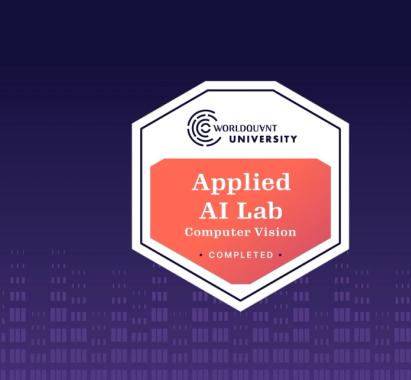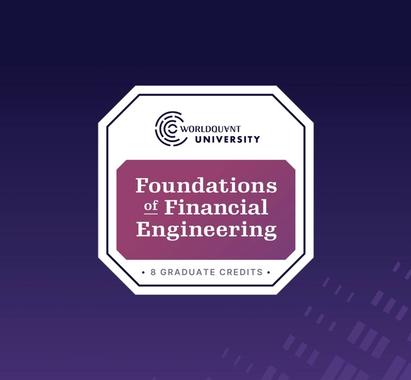COVID-19 is Higher Ed’s Chance to Start Anew. Here’s How.

In the past weeks, we’ve seen merely the opening volley of the COVID-19 virus in the US. It’s putting a huge stress test on the very institutions that keep the global economy running. We’ve seen the service, travel and hospitality industries crumble. We’re seeing the limits of our healthcare system stretch further than ever before. But one area that isn’t getting as much attention is education. What will it look like when we’re on the other side of this global crisis?
Many higher ed institutions are moving online to social distance, which is resulting in a mad dash to implement a digital-first approach to education. What does this mean? Teachers are receiving crash-course training on how to use tools like Zoom and Google Hangouts, adapting their curriculum, and pondering how to enforce their honor codes. Most teachers still don’t know how they will provide the level of service and support they’re able to provide in person, and few really believe that’s even possible. The transition is being treated like a stopgap so that higher ed can get through a “lost semester”, instead of the strategic reevaluation that we need.
Meanwhile, 29% of US workers can work from home, including over half of all information workers — for whom the transition has been comparatively seamless. This virus has laid bare the chasm between higher education and the markets that hire its graduates. But it has also exposed an opportunity to see the cracks in our system for what they are, and to use new models to minimize the loss associated with this pandemic.
Knowledge economy workers have been able to switch to remote work without much friction over the years. Zoom and Google Hangouts are familiar tools; workers are accustomed to having to work strategically with people they might not know well, whose hands they have may never have shaken. They have developed productive work relationships from afar because modern business demands it.
The skills that are most valuable now are those that higher ed was neither practicing nor effectively teaching to students. The coming months provide a huge opportunity for higher education institutions to stop focusing all of their energy and money on the experience of the in-class, in-dorm student, and to start building out robust, digitally native models that are resilient to economic and geographic turmoil. The current crisis should be enough motivation on its own, but there’s also value in adopting digital models because they promote the very skills that are needed now more than ever. Some organizations are already doing this, including Coursera, which is offering support to students of traditional higher education institutions who have been displaced.
COVID-19 notwithstanding, distributed teams are the new normal. In the past 15 years, working from home among the non-self-employed has grown by 173%. In the past decade we’ve seen a 115% increase in telecommuting. Distributed workforce employees report better work-life balance, lower stress levels, and higher productivity. Distributed workforce employers get access to a much wider talent pool than they’d be limited to geographically, reducing turnover and improving efficiency.
So, the skills that will be required in this ‘off-time’ for higher ed are actually the skills graduates will need the most when they go to work “full time.” Confoundingly, this seemingly idiosyncratic moment in higher ed might be the only experience many students receive to prepare them for the complex life of day-to-day business in a globalized economy.
Programs and offerings that provide new, in-demand skills as well as remote collaboration with peers cannot be treated as a panacea during a time of social distancing. In fact, they are the surest way our economy, and the people in it, can recover. The target for higher education should not be to merely get through the semester while hoping things return to “normal.” Instead, leaders should seize the opportunity to create meaningful distance learning experiences that prepare students for their place in a workforce that will become more distributed than ever before.
We’re not yet through the worst of COVID-19, and public health remains the top priority. Those dealing with the impact in higher education can’t ignore the opportunity to better prepare students for the reality of modern work. A global embrace of distance learning is a tall order even in the absence of a global crisis, but it’s imperative.



